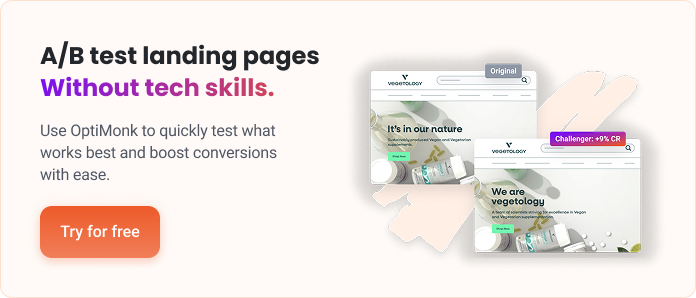- Blog
- Shopify Tips for Success: What the Top 1,000 Stores Do Differently
Shopify Tips for Success: What the Top 1,000 Stores Do Differently
Table of Contents
Want some quick and easy success tips from the biggest names in the ecommerce business?
We analyzed the top 1,000 Shopify stores so you don’t have to, uncovering some surprising trends shaping the ecommerce landscape.
Here’s what we looked at when we dug into how top brands are staying ahead:
- Are they still building email lists, or moving on?
- What’s really happening with AI chat tools?
- How strong is their social media game, and where are they focusing?
Let’s break it all down.
10 Shopify tips for success in your online store
Here are 10 proven tips to help enhance your Shopify ecommerce store’s presence and achieve the success you’re aiming for.
Tip #1: Use website popups
Popups can be an incredibly effective way for an online business to capture customer attention when used correctly.
About 39.4% of top Shopify stores deploy popups to boost conversions, recover abandoned carts, and capture email addresses.
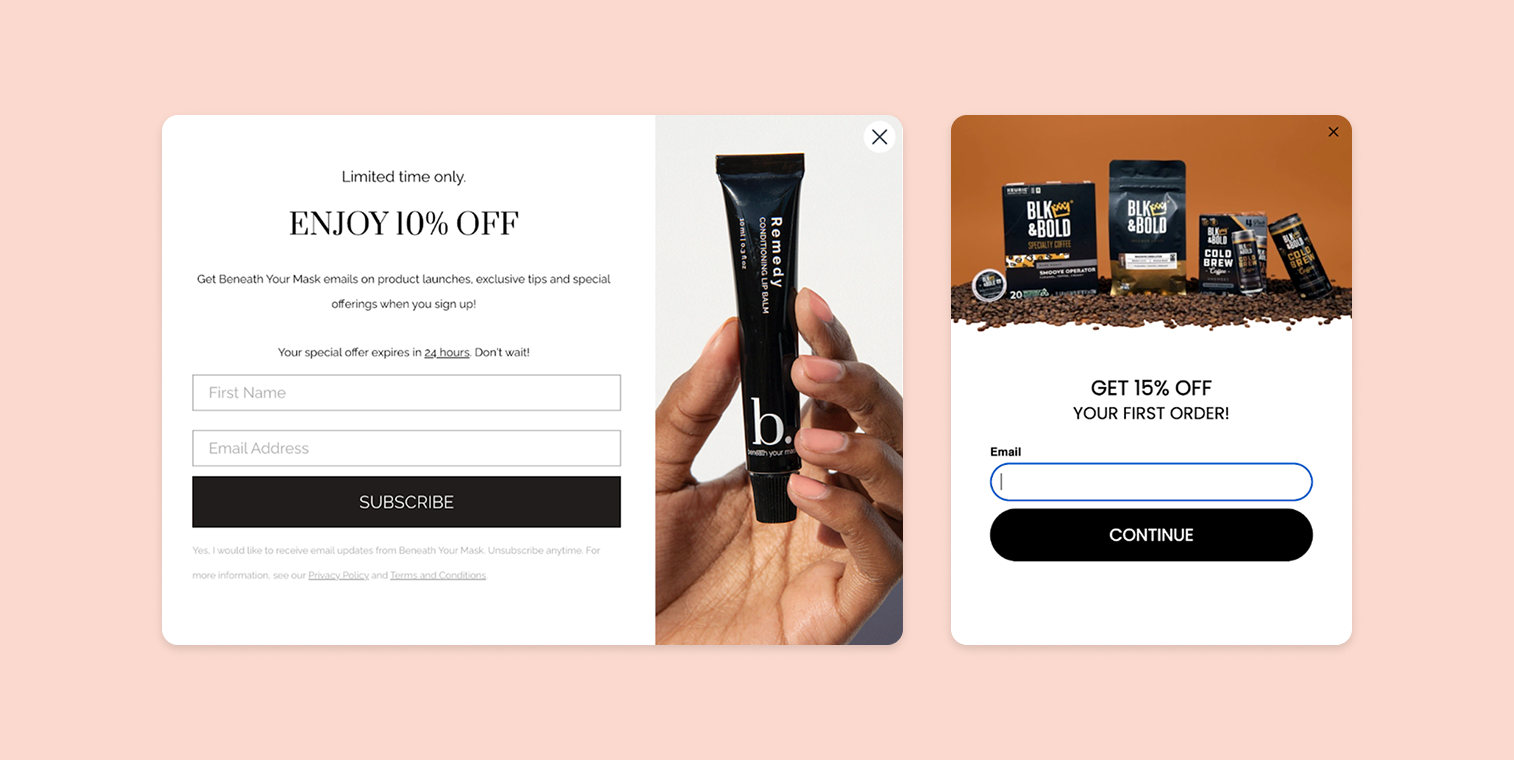
Let’s take a look at how some of the top Shopify stores are putting these popup strategies to work.
For example, Anastasia Beverly Hills uses a straightforward yes/no popup featuring an attractive product photo and offering a 15% discount.
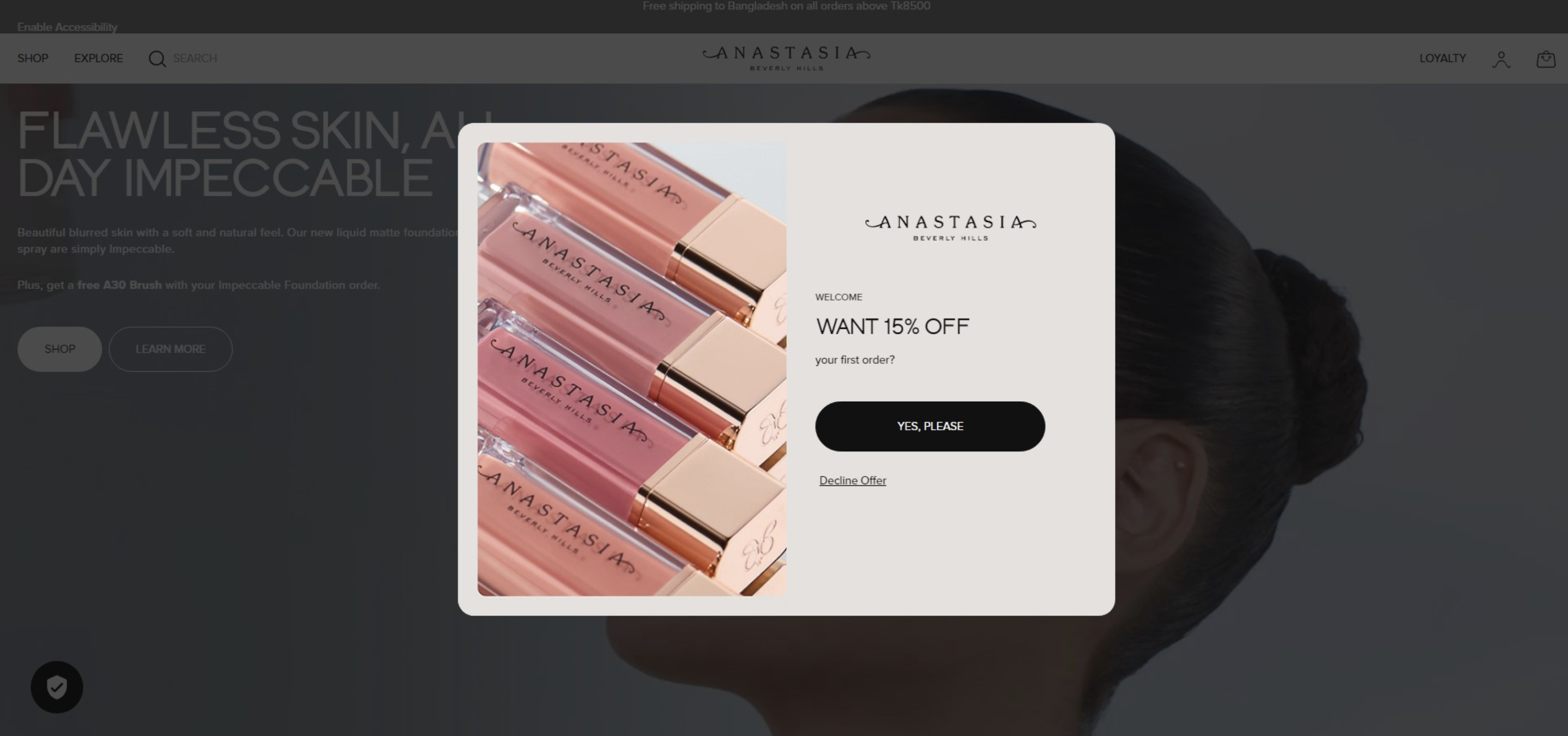
McCormick skips the discount and instead offers more flavor—literally—by promoting exclusive recipes, product news, and special offers to entice sign-ups.
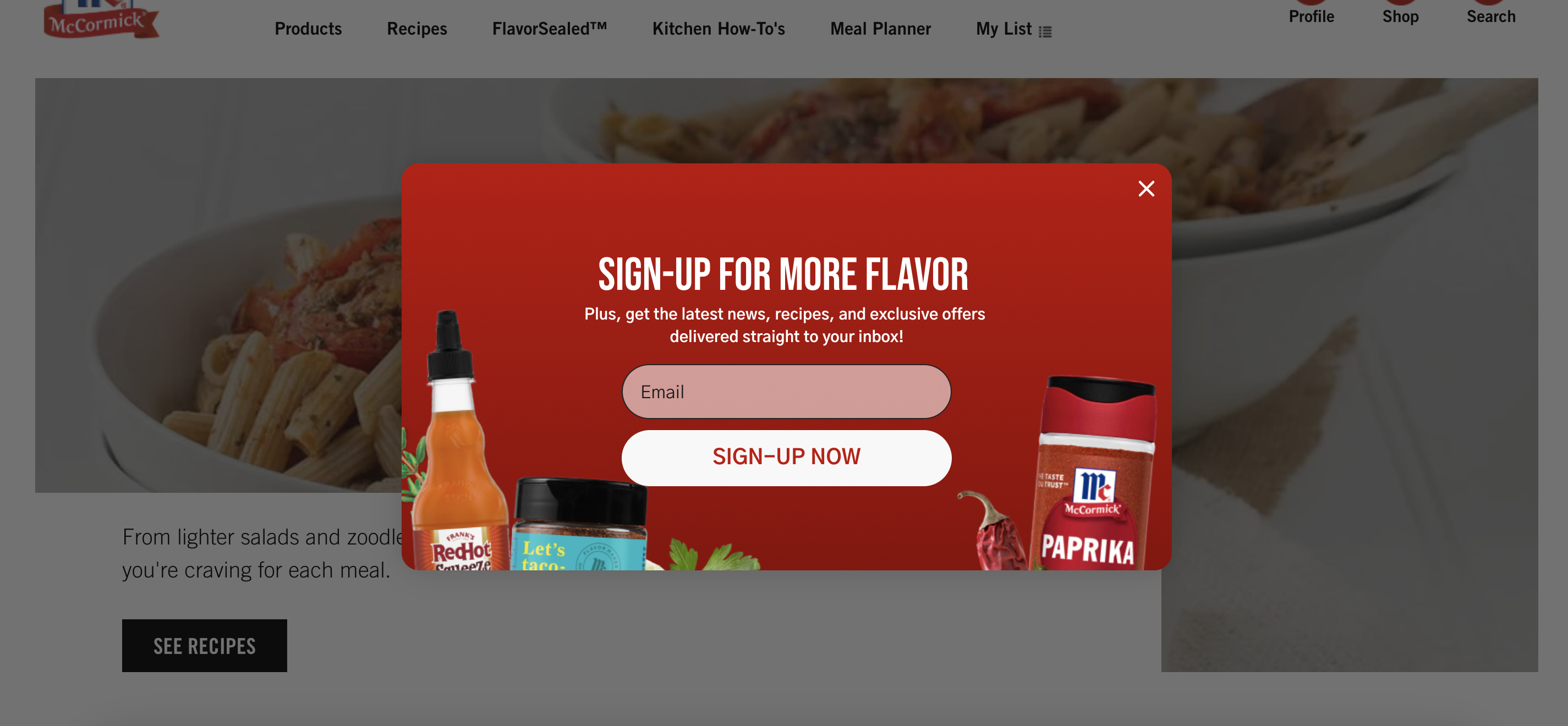
Here’s another good example from Kosas Cosmetics. They promote a juicy $100 gift card giveaway.
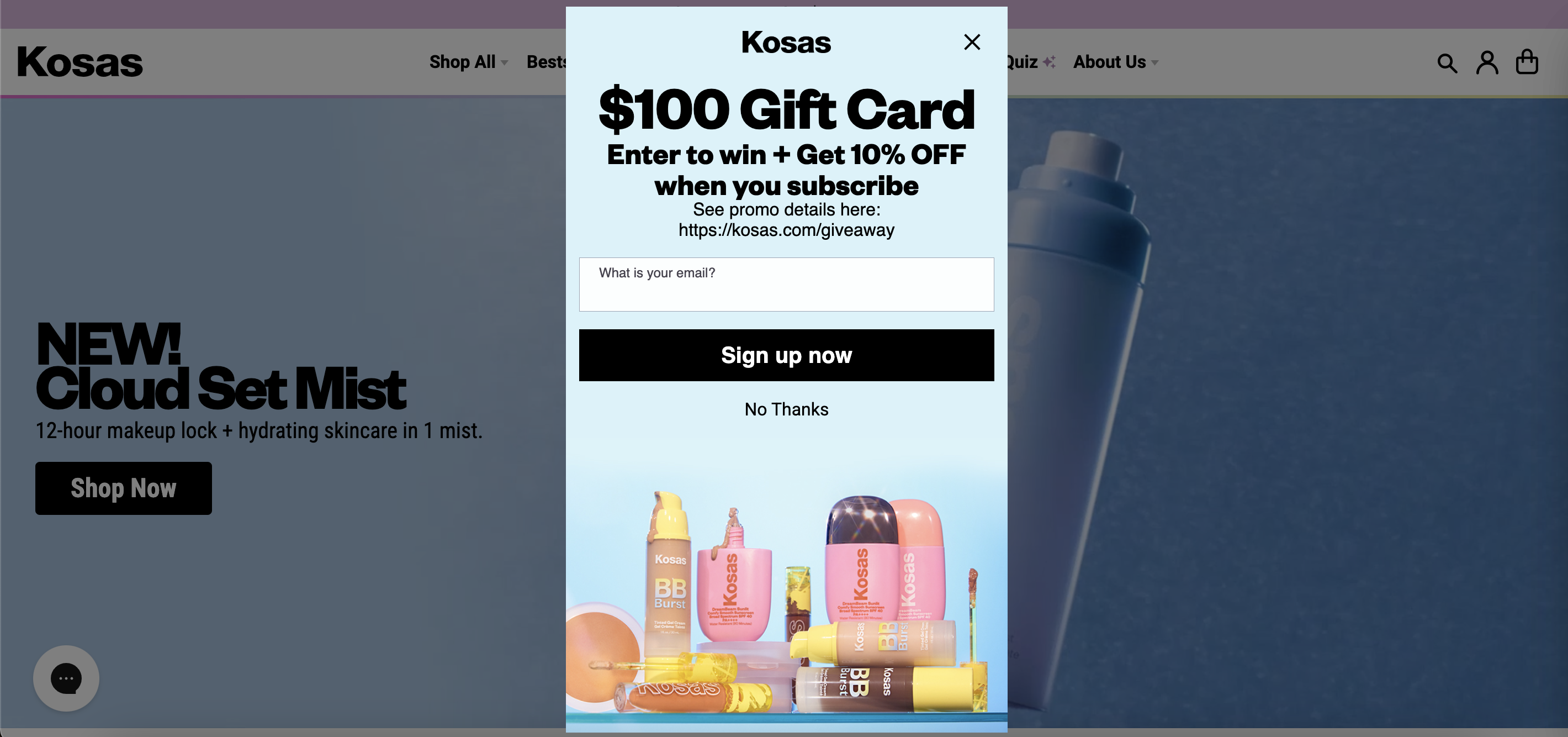
You can also try offering something enticing like a “mystery discount” or exclusive access in exchange for an email.
Ecommerce brand Laird Superfood does this exceptionally well with their mystery discount strategy. Plus, what’s really great about this popup is that they don’t ask for an email address immediately. First, they collect some zero-party data by asking, “What are you most interested in?”

This not only grows your list but also gets customers excited about what they’re signing up for.
If you’d like to set up a similar popup that boosts conversions, try these ready-to-use popup templates:
Tip #2: Implement A/B testing
A/B testing is a tried-and-true method for improving your website’s performance.
Nearly 40% of top online stores actively test different elements like headlines, images, and call-to-action buttons to optimize conversion rates.
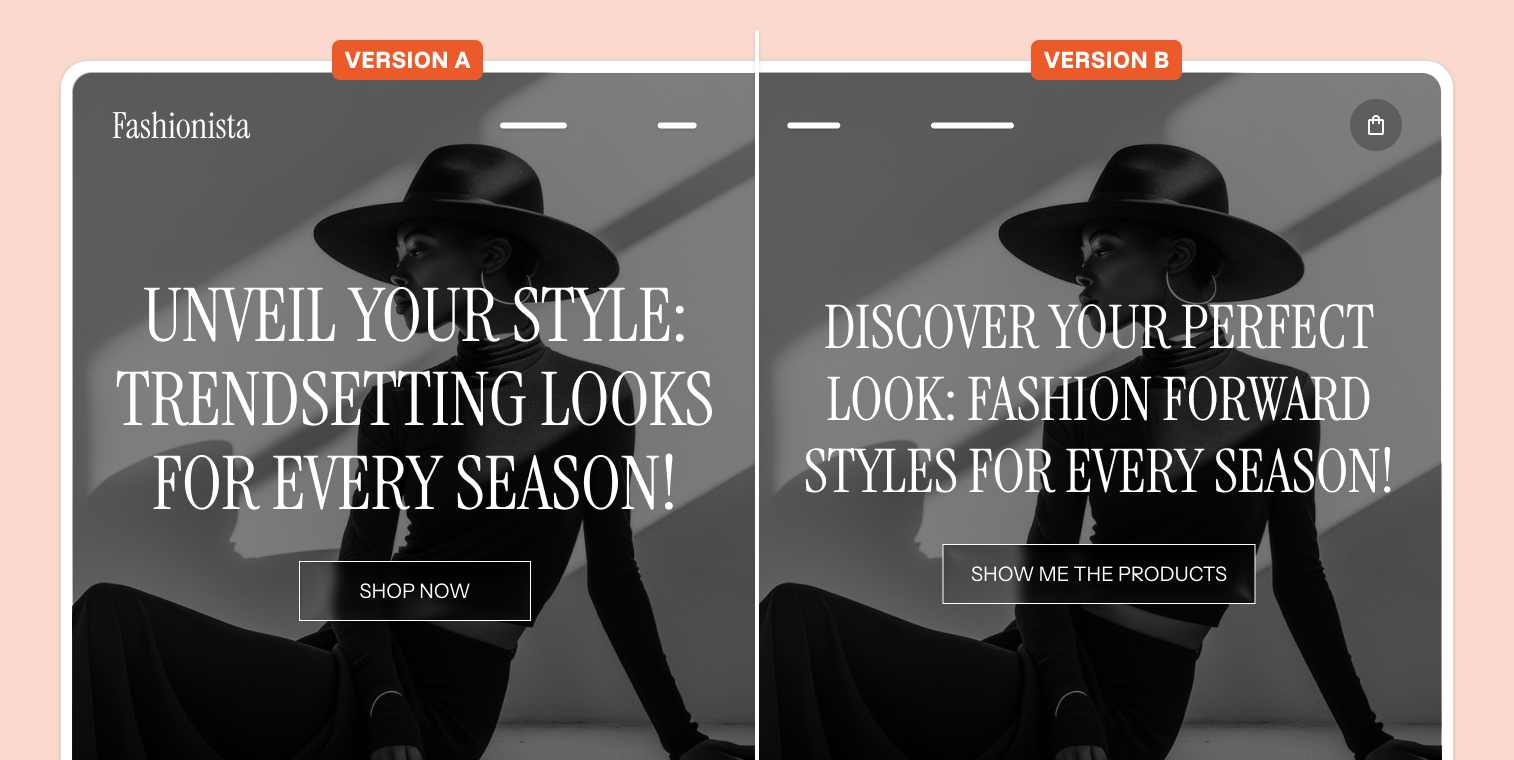
You can run tests to determine which version of your landing page performs better or which call-to-action text converts more. By analyzing the results, you’ll know what resonates best with your audience.
Platforms like OptiMonk make it simple to test popups, landing pages, and offers without needing technical expertise. This ongoing testing allows for continuous improvement and growth.
Tip #3: Build your email list
Email marketing remains one of the most powerful tools for ecommerce.
About 96.8% of top-performing Shopify stores are focused on building robust email lists.
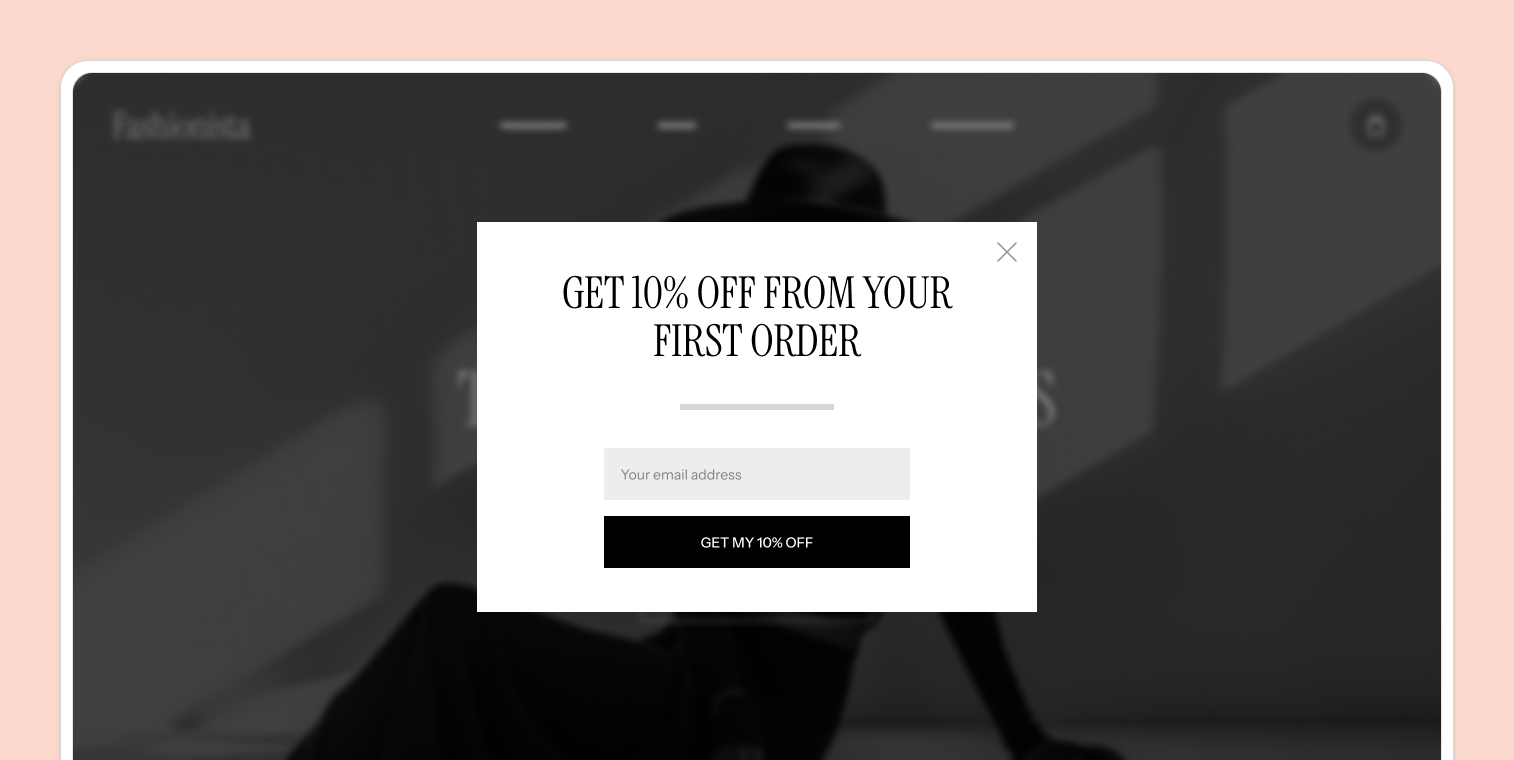
This helps stores engage with their customers directly, run personalized campaigns, and recover abandoned carts.
Khy uses a minimalist popup to build their email list, offering announcements and updates in return for an email address.
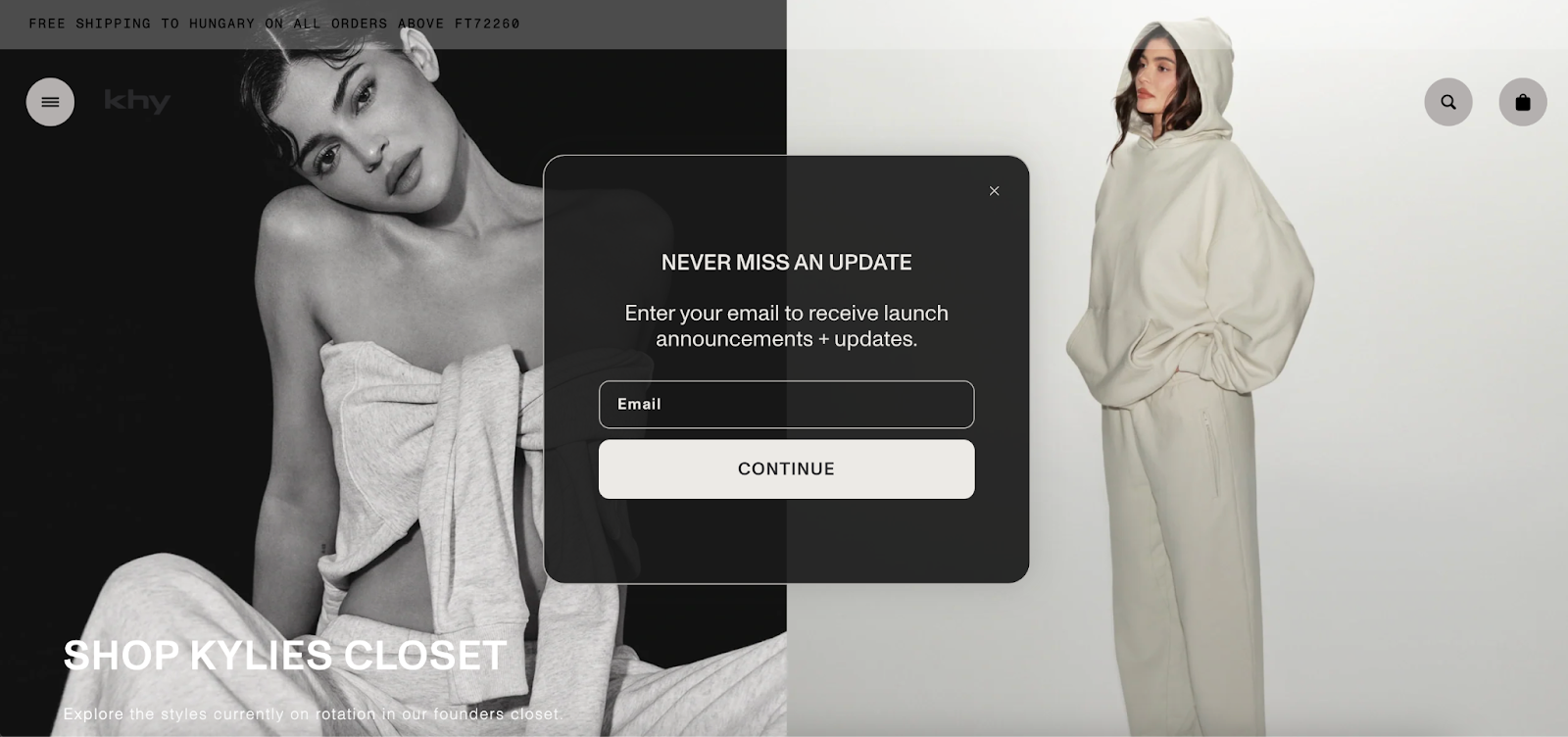
In this next example, you can see how Stanley provides a 20% discount and gives subscribers early access to limited drops and exclusive offers.
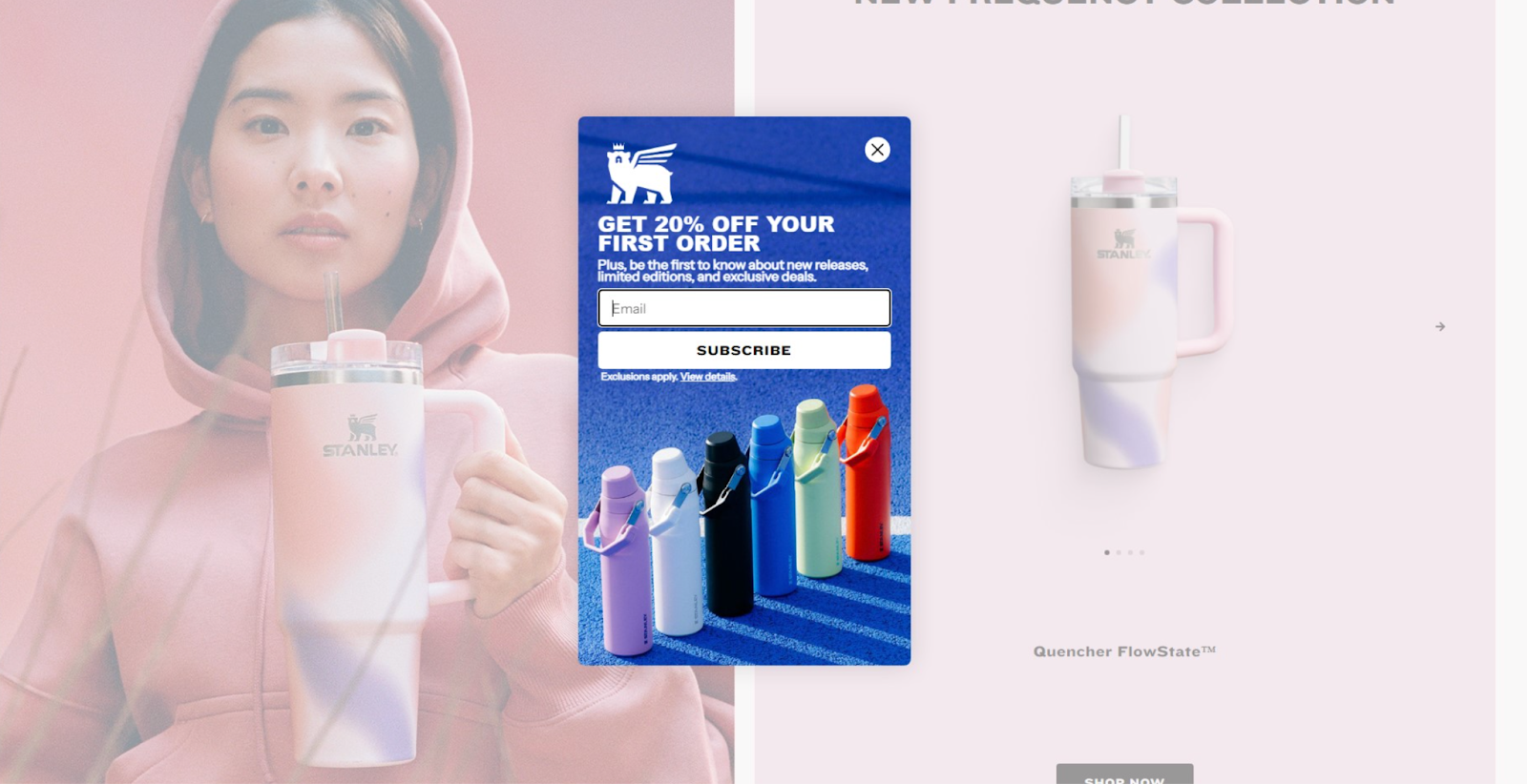
Tip #4: Offer free shipping
Offering free shipping is a proven strategy for boosting conversions, with 88.6% of successful Shopify stores providing this incentive.
It’s one of the most effective ways to encourage customers to finalize their purchase.
BlendJet effectively encourages sign-ups by offering free shipping and a 10% discount when visitors subscribe to their newsletter.
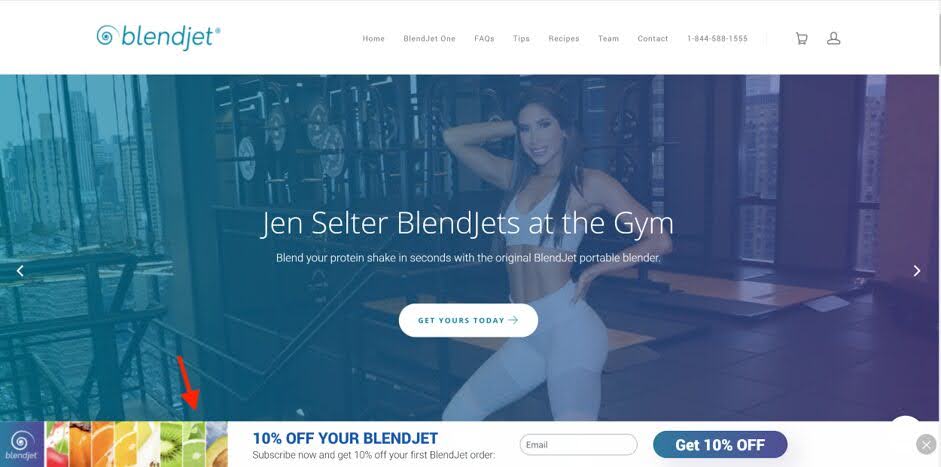
Tip: If you have a minimum order amount for free shipping, make sure you display it on a free shipping bar.
Start using these templates now to drive those conversions:
Tip #5: Integrate live chat
Live chat has become a standard for top Shopify stores, with nearly 50% offering it.
Around 36% of these stores also use AI-powered chat assistants to provide faster automated responses to customer inquiries.
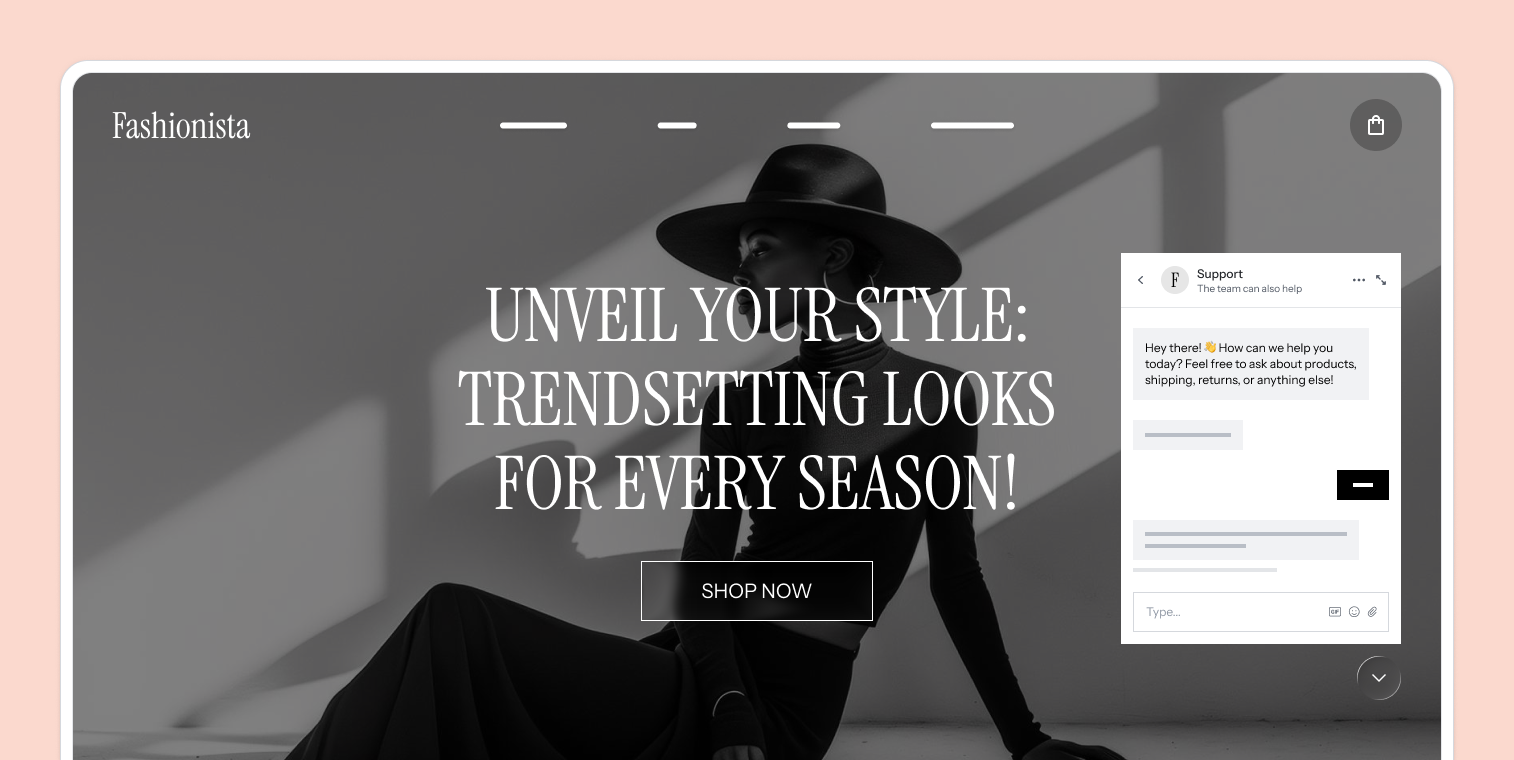
Live chat helps resolve issues quickly, which can reduce cart abandonment and improve customer satisfaction. It’s an immediate way to provide support, answer questions, and reassure hesitant buyers.
If you’re using AI, ensure it can handle common questions and direct customers to a human if needed.
Be sure to display your live chat hours clearly to manage customer expectations.
Tip #6: Encourage referrals & run loyalty programs
Referral programs tap into the power of word-of-mouth marketing.
More than 53% of top stores use referral programs to incentivize loyal customers to refer friends and family.

Offer rewards like discounts, free products, or loyalty points for successful referrals. The process should be easy and seamless—customers should be able to share referral links through social media, email, or text.
The referral apps top Shopify stores are using are:
- YotPo,
- Rivo,
- LoyaltyLion, and
- Refersion.
You can also create a loyalty program to boost customer lifetime value and improve customer retention.
Kylie Cosmetics does this exceptionally well, offering customers the chance to earn points through various activities.
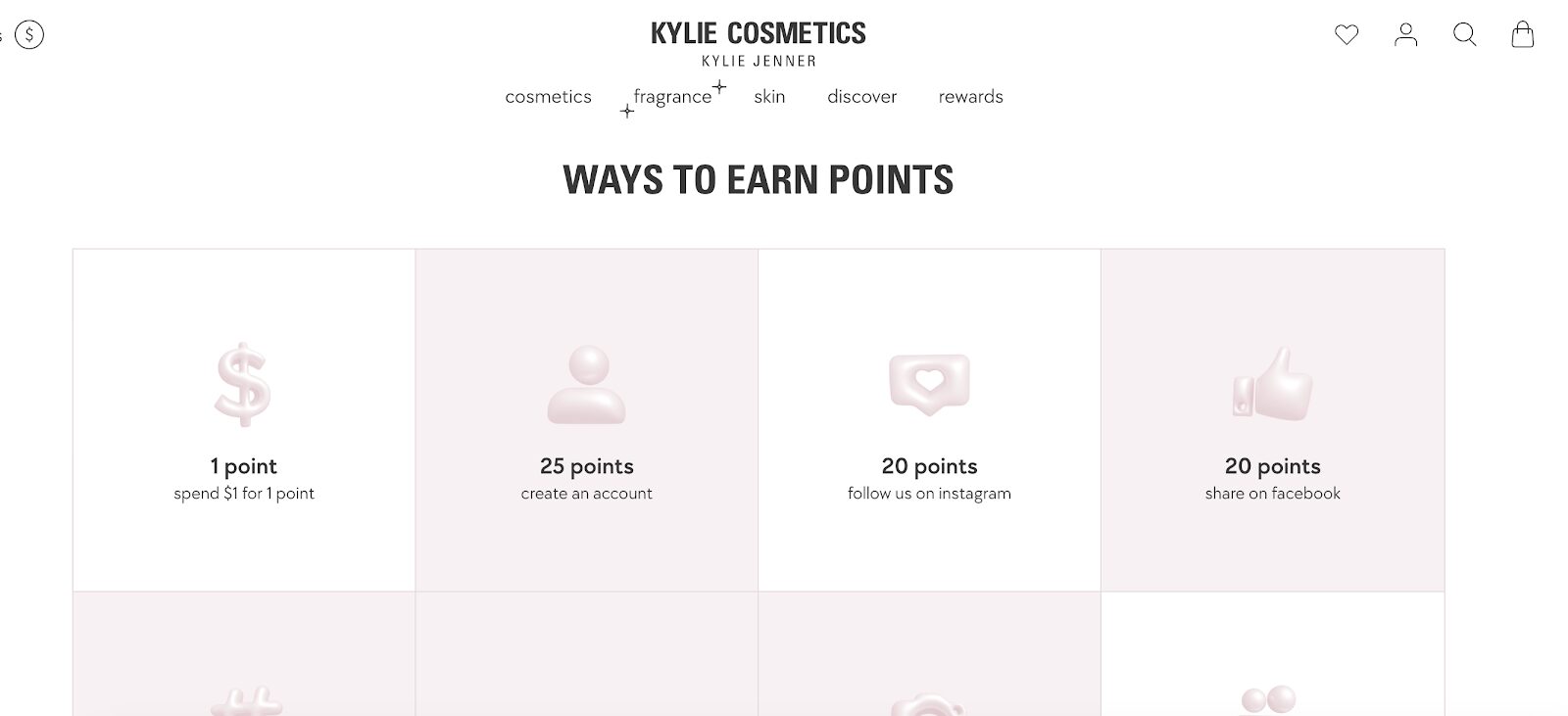
Tip #7: Optimize your app stack wisely
Successful Shopify stores use an average of 13.6 apps to streamline operations, enhance the customer experience, and increase efficiency.
Shopify apps can automate tasks like email marketing, customer support, and order management.
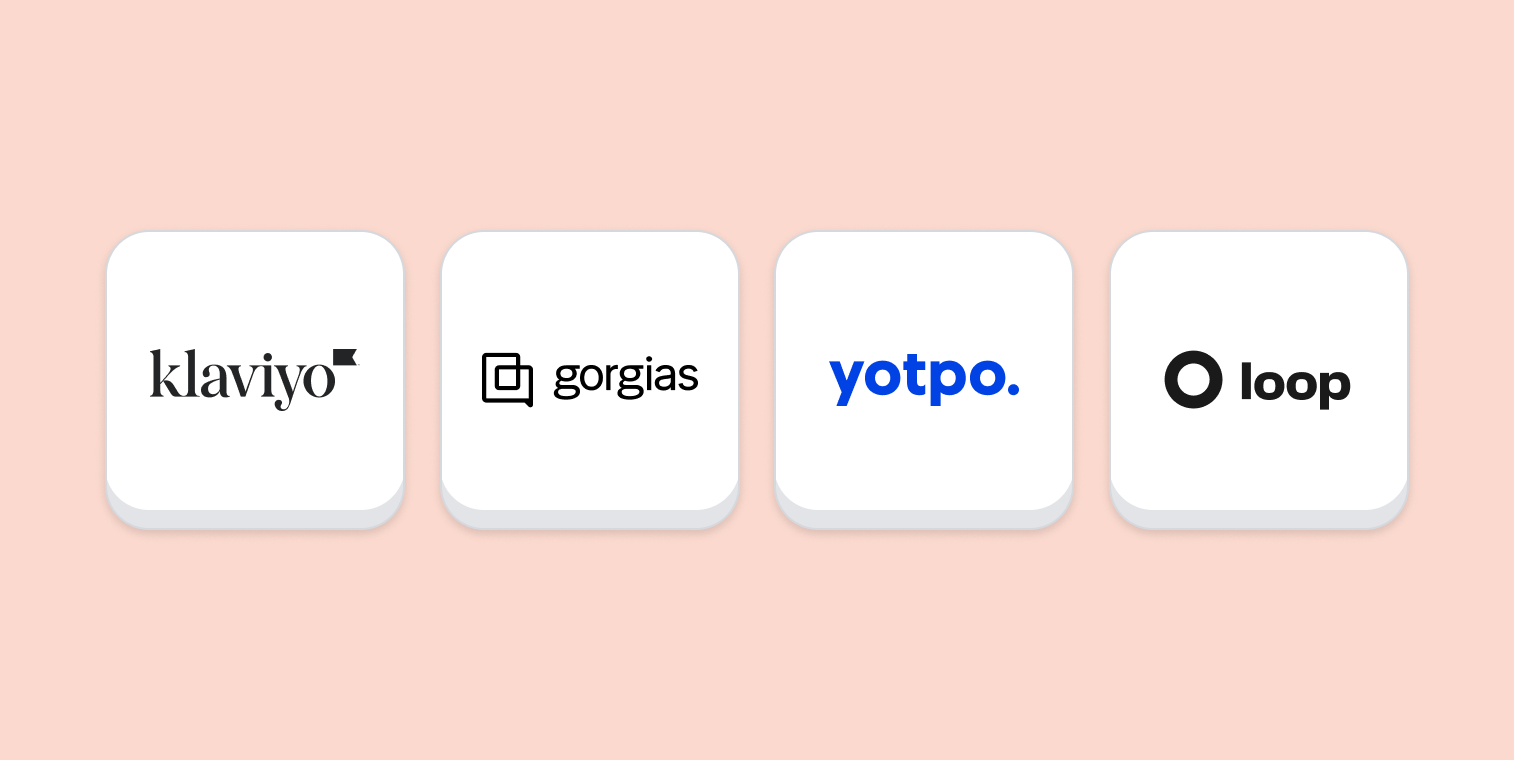
Must-have Shopify apps:
- Klaviyo for email and SMS marketing to personalize your campaigns.
- Gorgias for managing customer support tickets and delivering timely assistance.
- Yotpo for collecting and displaying customer reviews to build social proof.
- Loop Returns for a hassle-free returns process, improving customer satisfaction.
By integrating the right Shopify apps into your store, you’ll save time on manual tasks and improve the overall shopping experience.
Tip #8: Promote your store on Meta platforms
Paid advertising is a vital channel for driving traffic, and 77.4% of top Shopify stores rely on Meta Ads (Facebook and Instagram) to promote their products.
With Meta’s robust targeting options, you can reach your ideal audience more effectively.
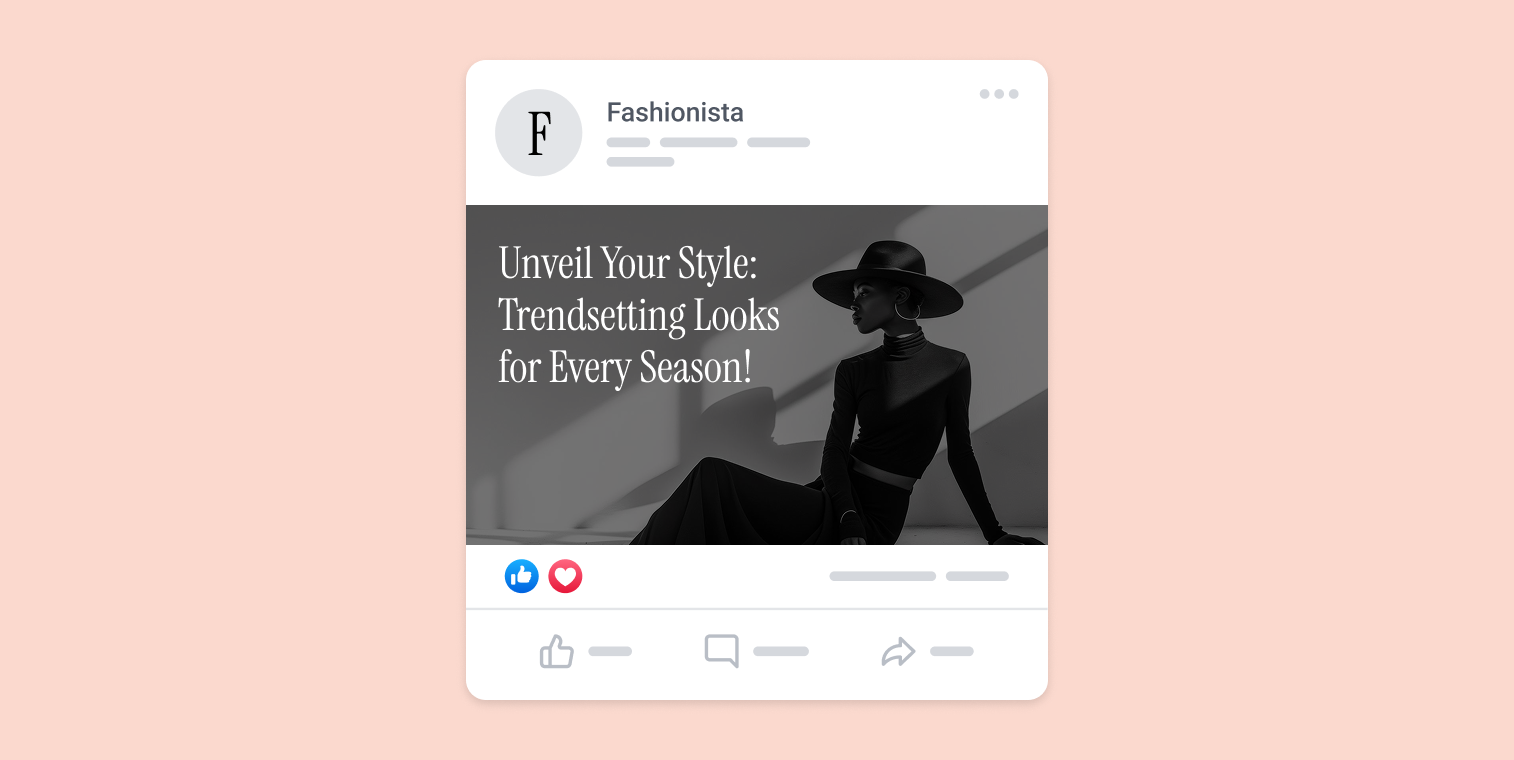
Tip: To improve your ROI, match your landing page with the content of your ads. This consistency creates a seamless user experience and can help improve your conversion rates.
Take a look at how Obvi nailed this by aligning their ads with their landing pages for a flawless customer journey:
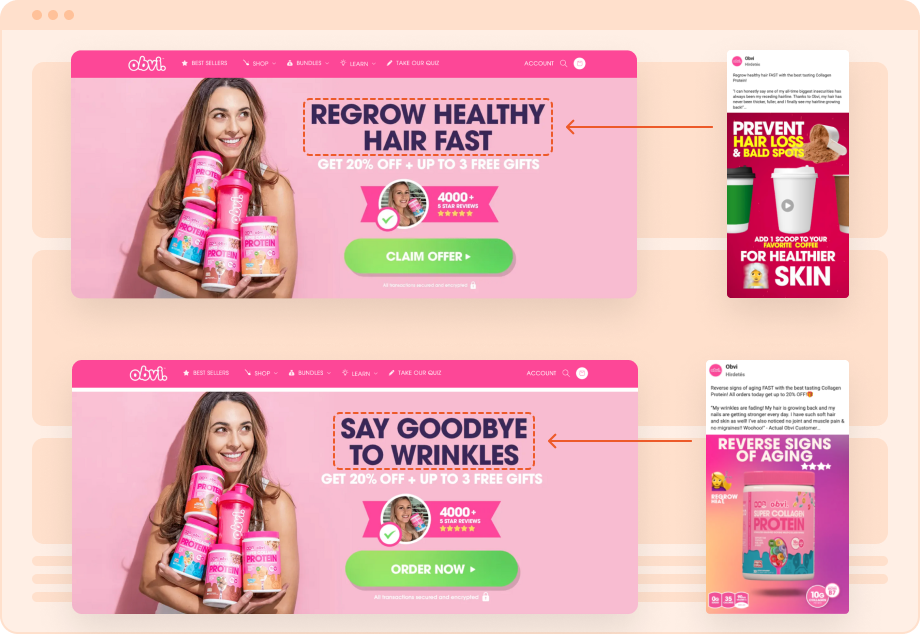
You can also test different ad formats—such as carousel ads or video ads—on your social media accounts to see which one drives the best results.
Read more about how Obvi boosted their conversion rates by 25%
Tip #9: Focus on social media
Instagram is the top platform for most Shopify stores, but TikTok is rapidly gaining ground with its high engagement rates.
On average, TikTok users spend 95 minutes per day on the app, compared to Instagram’s 62 minutes.
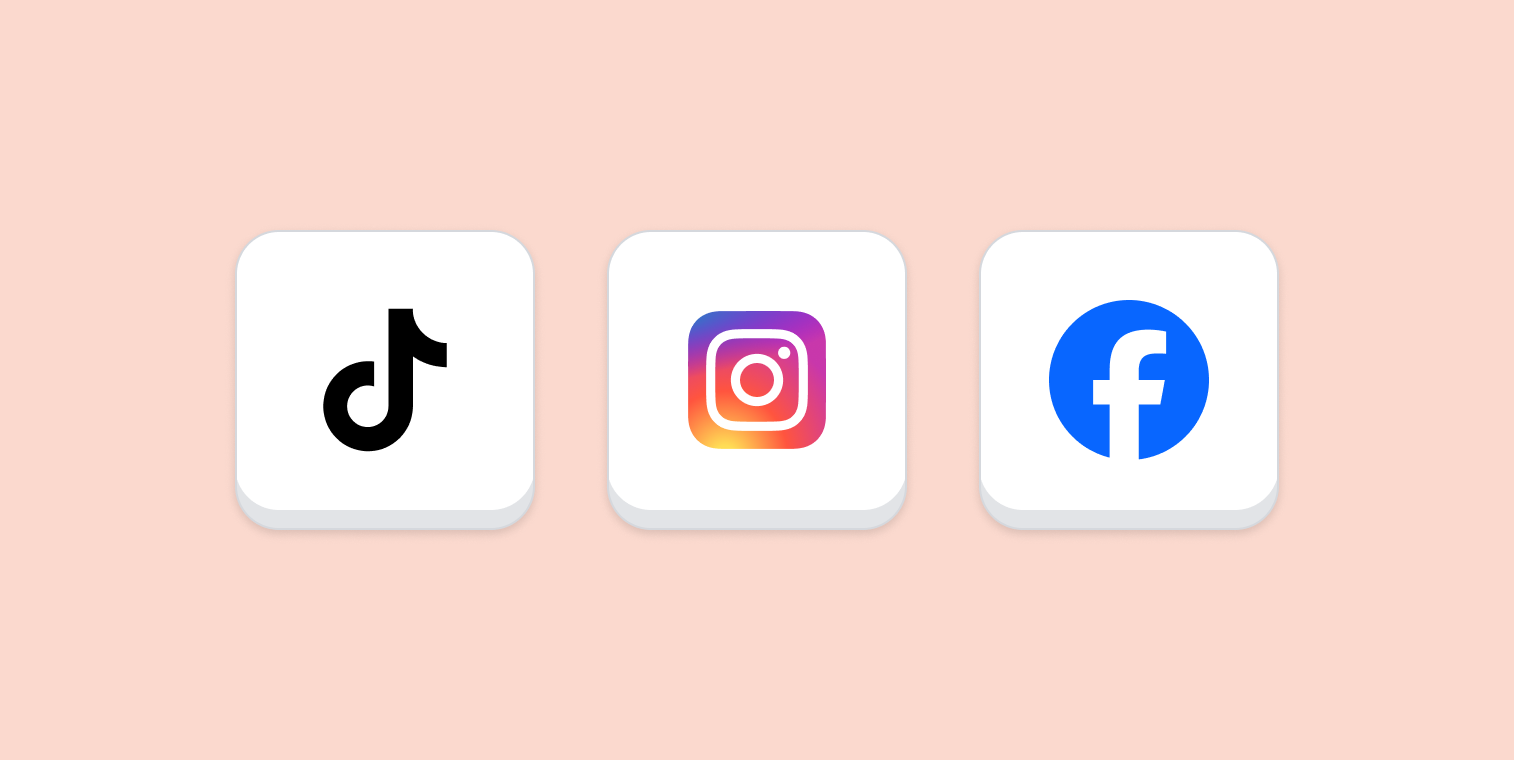
To use social media effectively, create engaging and shareable content like product demos, behind-the-scenes footage, and customer testimonials.
Hailey Bieber shares authentic “get ready with me” content on Rhode’s popular TikTok channel, perfectly aligning with their target audience.
@rhode get ready with HB 🤍 rhode products used: 🥛 glazing milk 👙 pocket blush in tan line 🪄 peptide lip shape in twist
♬ original sound - rhode skin
Don’t ignore TikTok—its potential for audience engagement is massive.
Recommended reading: See how Hailey Bieber built a massive skincare empire.
Tip #10: Use SMS
SMS marketing has one of the highest open rates at 99%, but only 57.9% of top stores use it alongside email marketing to reach customers.
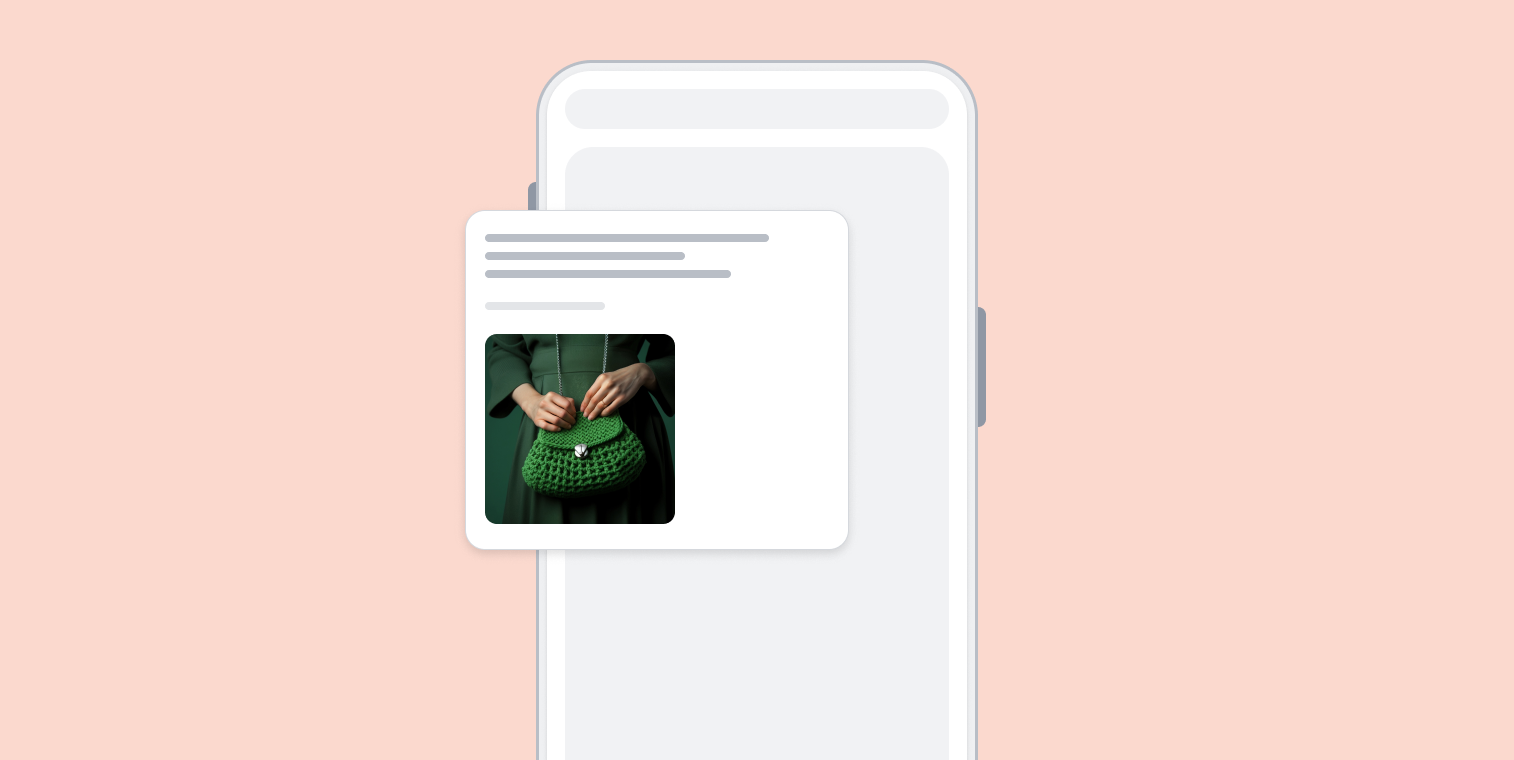
If you’re not tapping into SMS, you’re missing a valuable opportunity.
To use SMS effectively, consider adding SMS popups to your site to collect phone numbers. Check out how Shopify store White Fox collects phone numbers alongside email addresses on their popup.
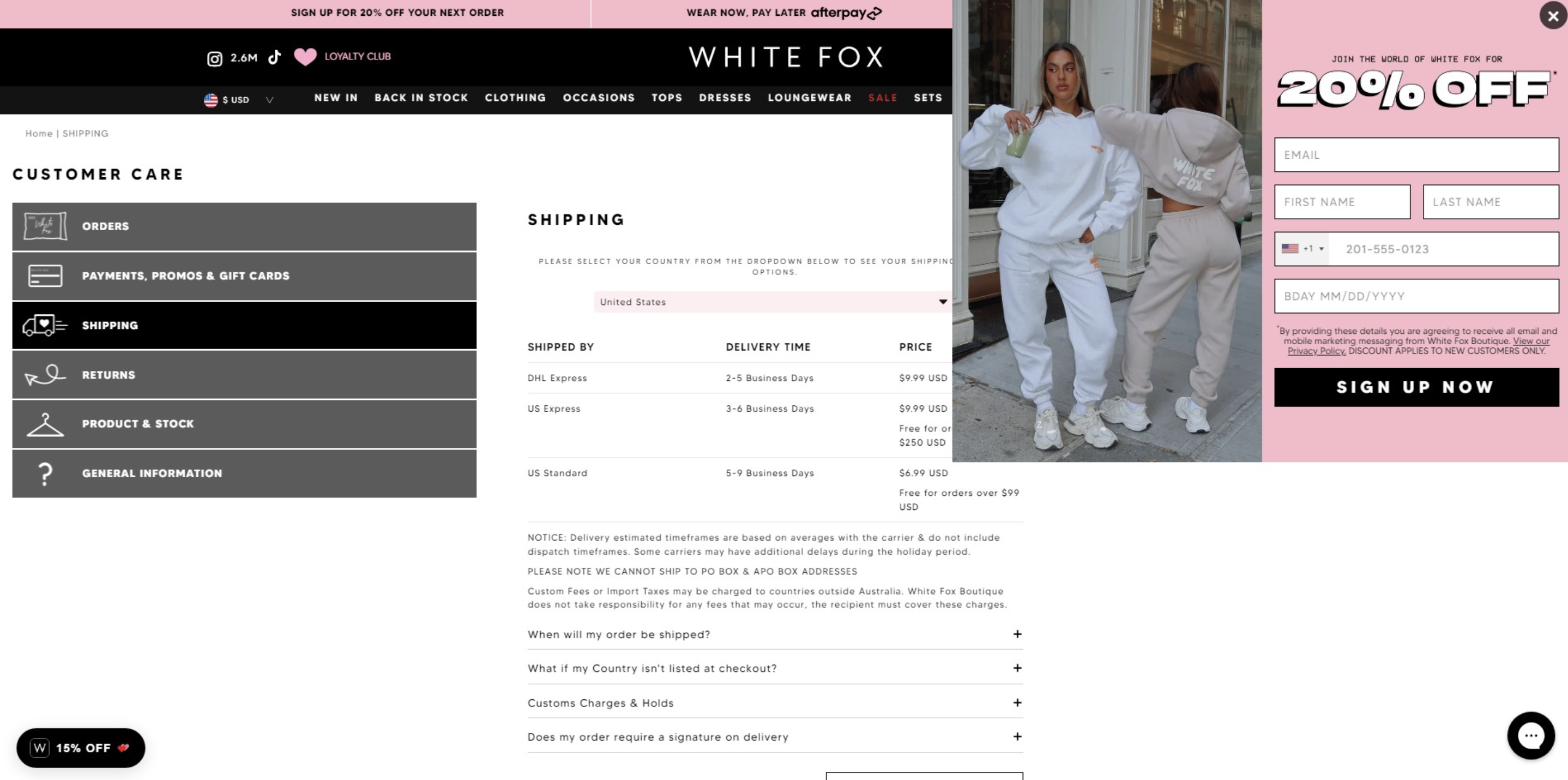
You can do the same with these ready-to-use templates:
Tip: To boost popup effectiveness, consider breaking your popups into two steps: first ask for the email, then request mobile numbers with an added incentive.
FAQ
How to become successful on Shopify?
To succeed on Shopify, choose a profitable niche, design a user-friendly store, offer quality products, focus on digital marketing, optimize conversions, provide excellent customer service, and track performance using analytics.
What are some effective strategies to boost my Shopify sales?
To boost Shopify sales, you can leverage several strategies, such as offering limited-time discounts, running targeted paid ad campaigns, and optimizing your product pages for a better user experience. Additionally, building a strong email list, utilizing social proof, and offering upsells or cross-sells during checkout can significantly increase your sales.
Don’t forget to analyze your store’s performance regularly to fine-tune your strategies!
What is customer lifetime value, and why is it important for my Shopify store?
Customer lifetime value (CLV) is a metric that measures the total revenue you can expect from a customer throughout their relationship with your brand. Increasing CLV is essential for long-term success, as it helps you maximize revenue from existing customers. To improve CLV on Shopify, focus on building strong relationships, offering excellent customer support, and creating personalized shopping experiences.
How much does Shopify take from a $100 sale?
Shopify’s fees depend on your plan. With Shopify Payments, you pay 2.9% + a 30¢ processing fee. For a $100 sale, you’d keep about $96.80. If using a third-party processor, there’s an additional 2% transaction fee.
Wrapping up
By implementing these 10 strategies, you’re well on your way to optimizing your Shopify store and competing with the top 1,000 stores.
From popups to SMS marketing, each tip offers a proven way to boost conversions, engage customers, and drive more sales.
Test what works best for your business, and remember it’s all about staying ahead of the curve!
Migration has never been easier
We made switching a no-brainer with our free, white-glove onboarding service so you can get started in the blink of an eye.
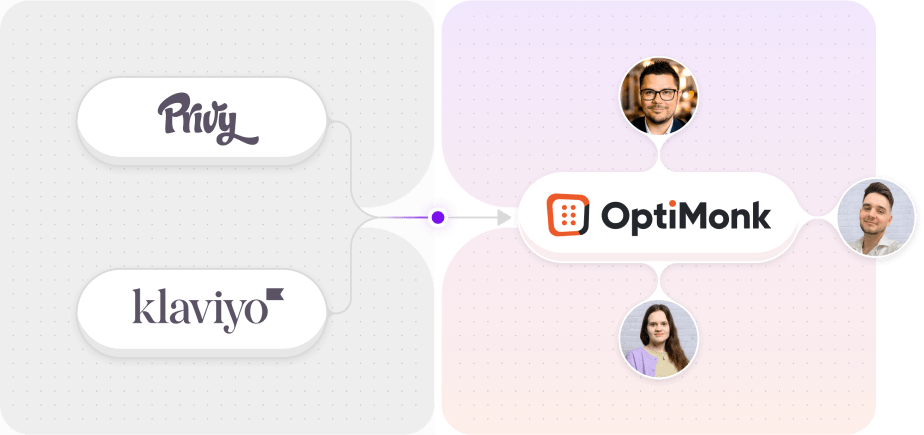
What should you do next?
Thanks for reading till the end. Here are 4 ways we can help you grow your business:
Boost conversions with proven use cases
Explore our Use Case Library, filled with actionable personalization examples and step-by-step guides to unlock your website's full potential. Check out Use Case Library
Create a free OptiMonk account
Create a free OptiMonk account and easily get started with popups and conversion rate optimization. Get OptiMonk free
Get advice from a CRO expert
Schedule a personalized discovery call with one of our experts to explore how OptiMonk can help you grow your business. Book a demo
Join our weekly newsletter
Real CRO insights & marketing tips. No fluff. Straight to your inbox. Subscribe now
Barbara Bartucz
- Posted in
- Ecommerce
Partner with us
- © OptiMonk. All rights reserved!
- Terms of Use
- Privacy Policy
- Cookie Policy










